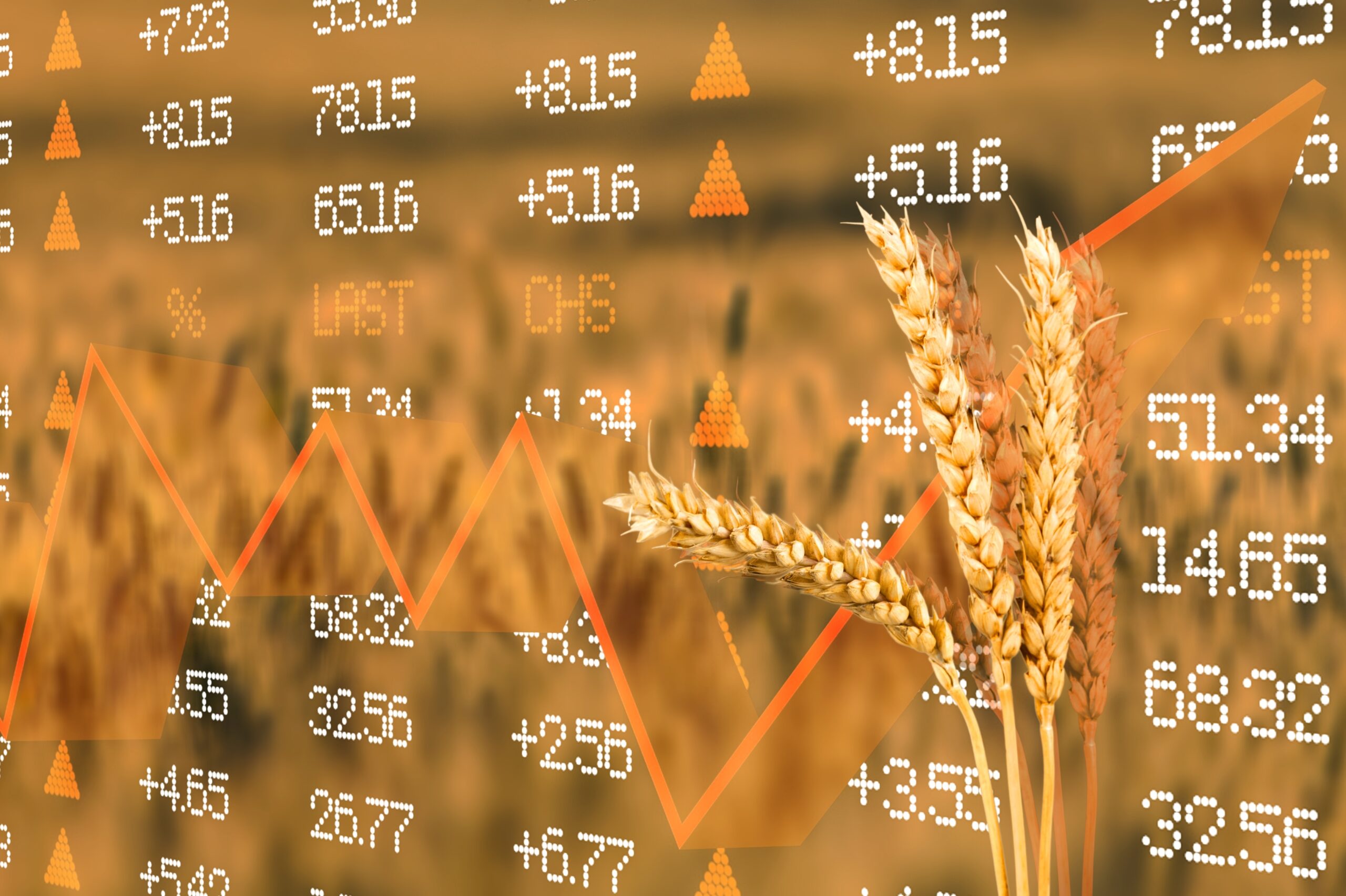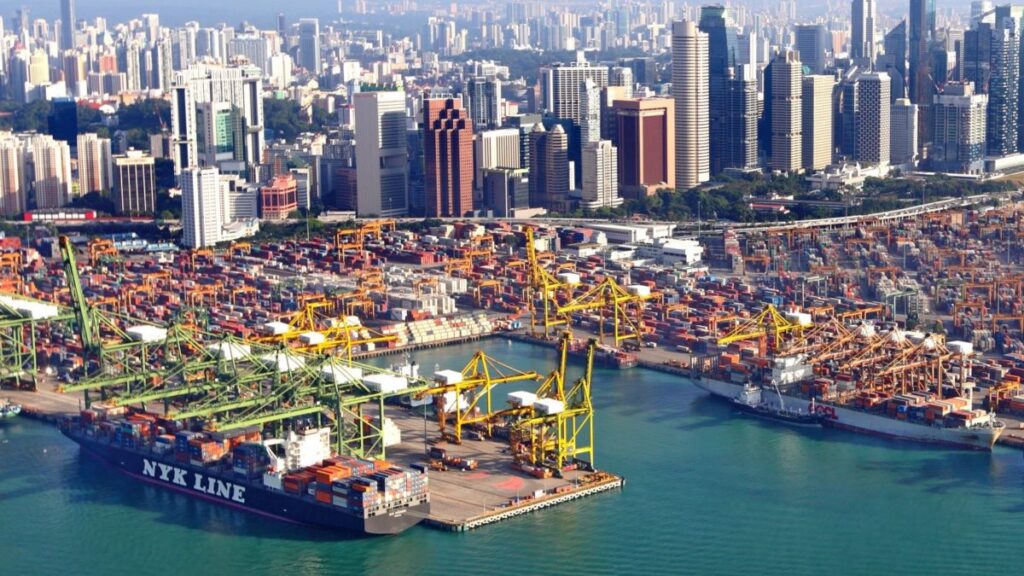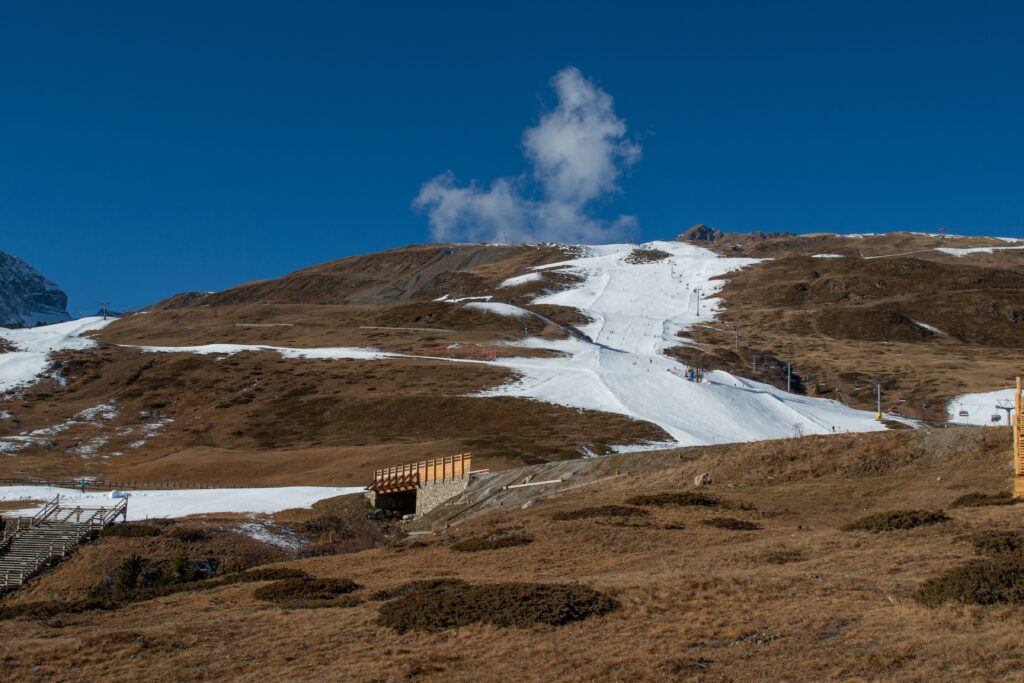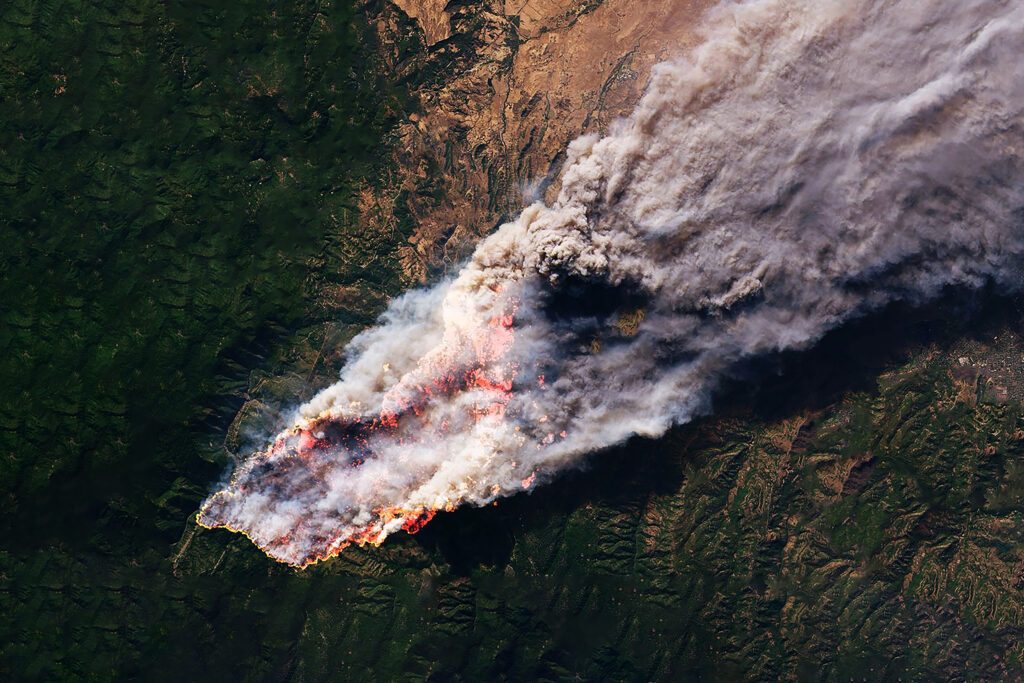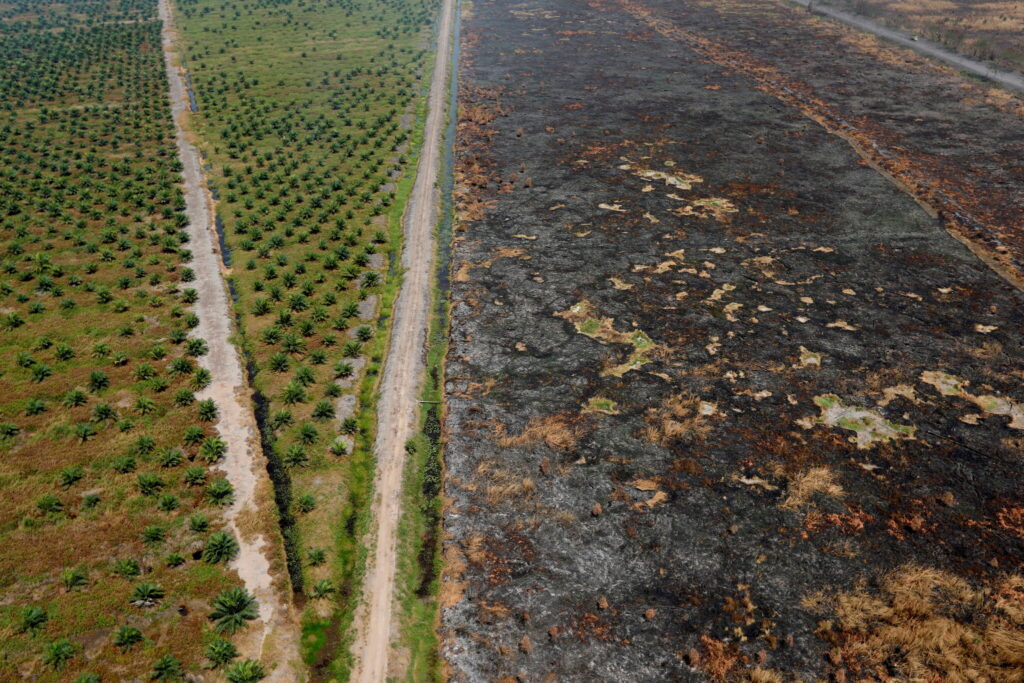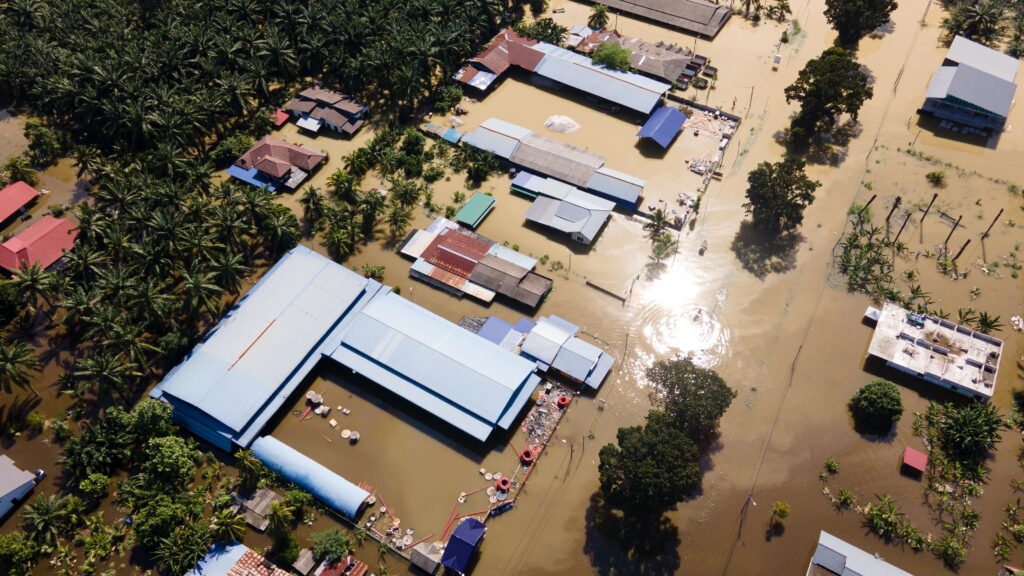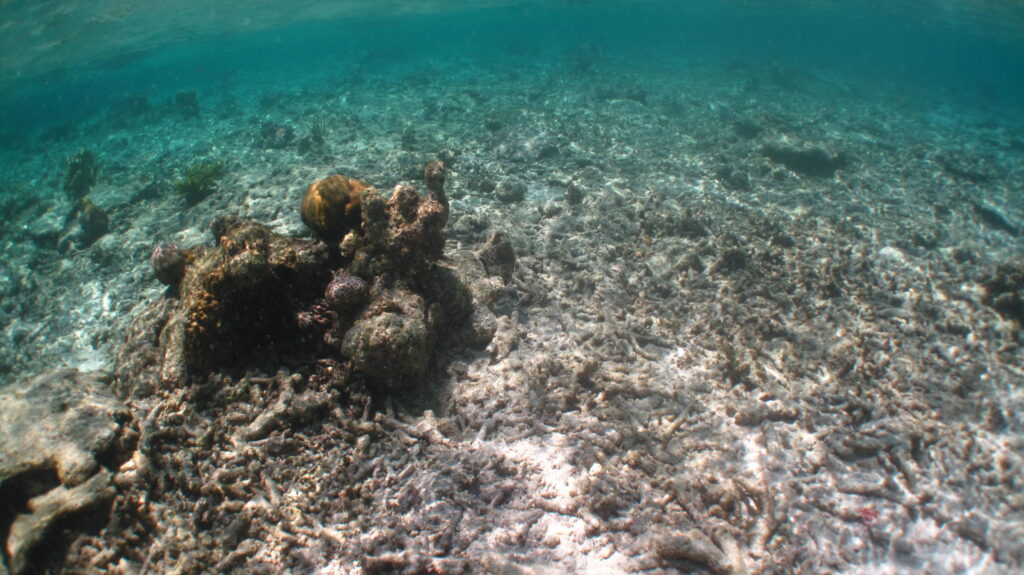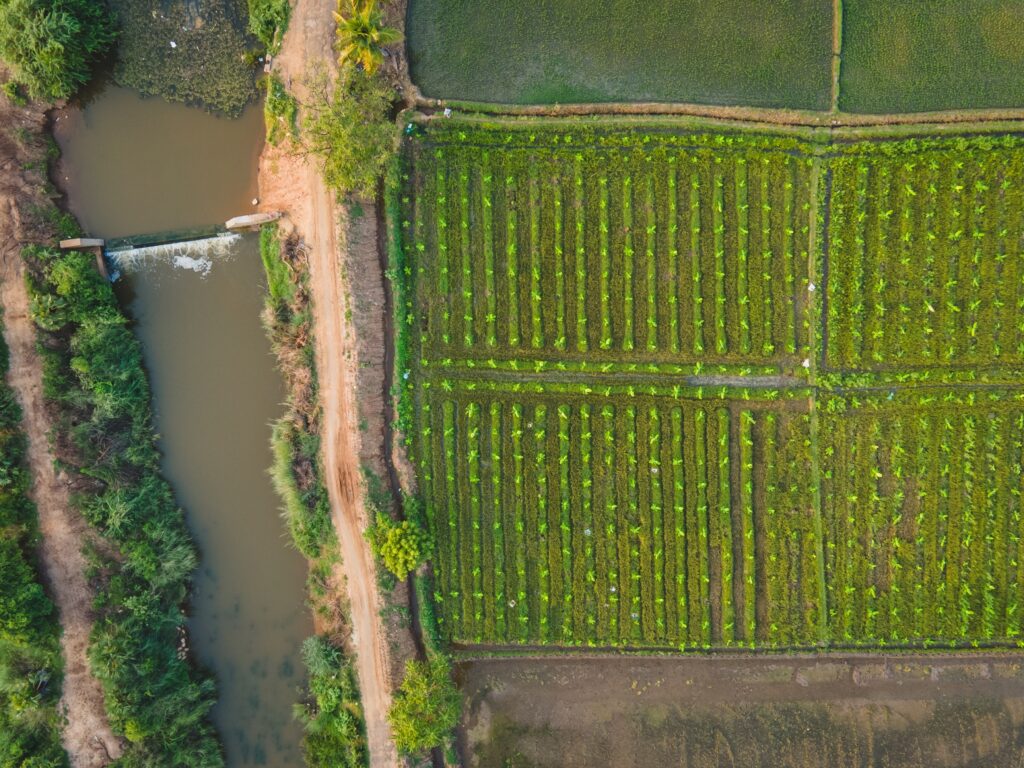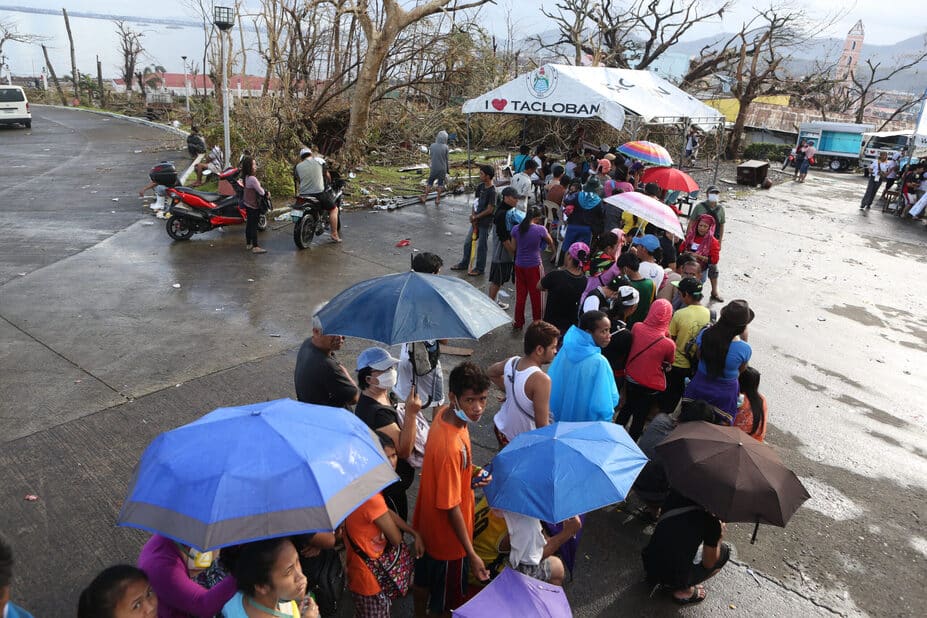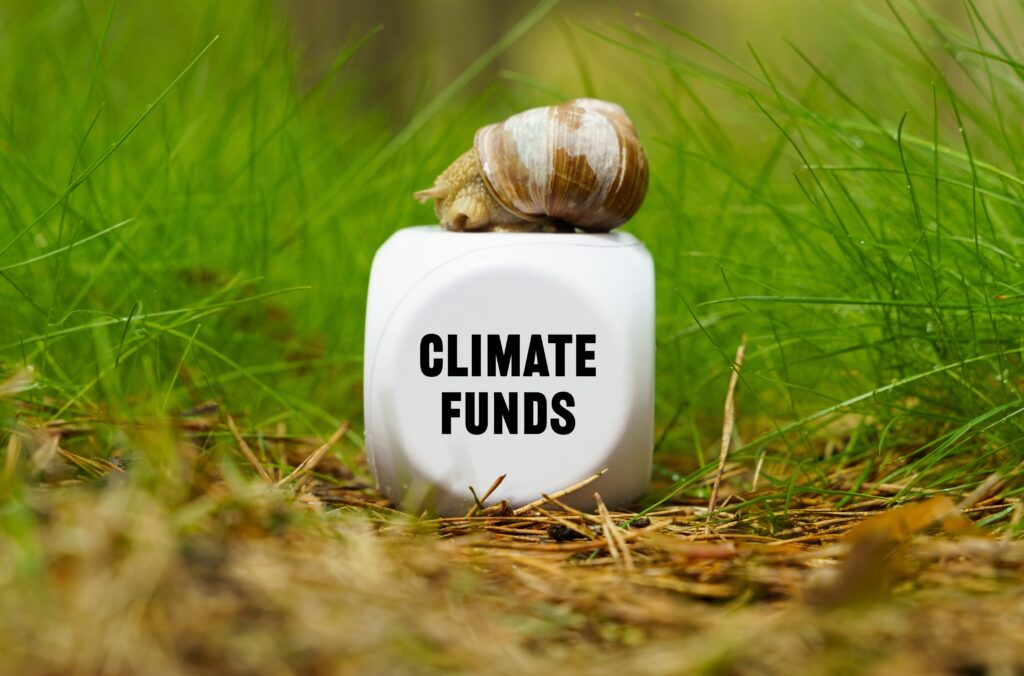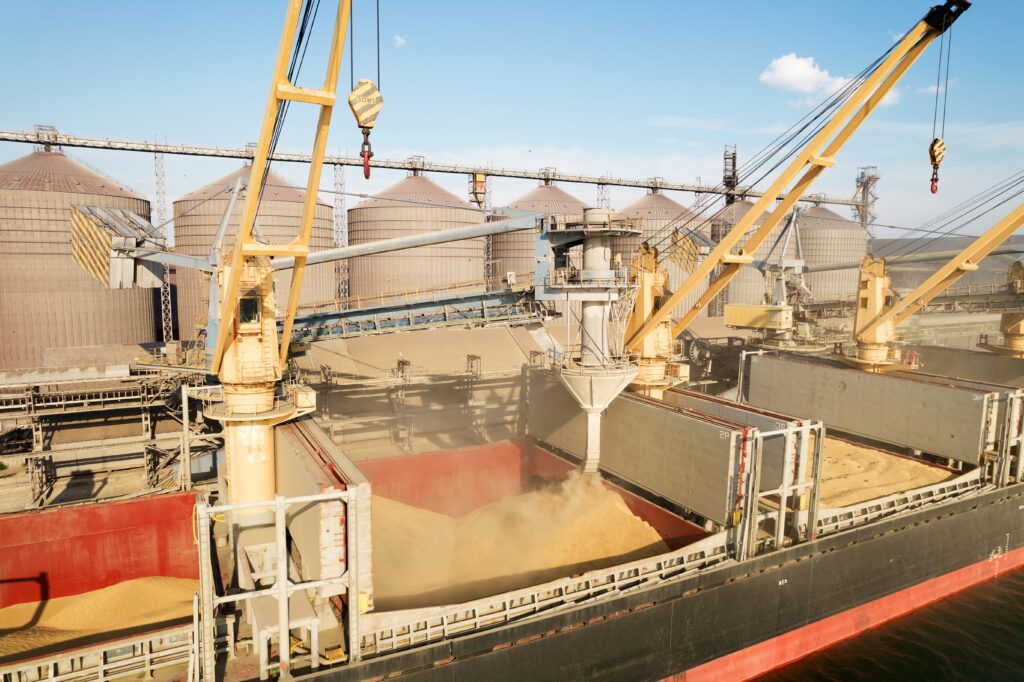What is Heatflation?
Heatflation refers to the rise in food prices resulting from climate change-driven extreme heat, and with global temperatures continuing to rise, this is a growing threat. Food insecurity and hunger remain prevalent in many nations, and heatflation is set to worsen this crisis.
Asia is also acutely vulnerable to climate-induced heatwaves and other disasters that are projected to increasingly impact its food production and security. The growing risks of heatflation will worsen these conditions, risking food security for some of the most vulnerable people in the world. This poses a monumental threat to human well-being, yet many short and long-term solutions exist to mitigate this crisis. By taking decisive and collective action, we can prevent the worst-case scenario from unfolding in the future.
How Heatflation is Impacting the Food Industry and Global Food Supply?
Our global food system depends on stable climate conditions, and the production of many crops is highly sensitive to variables. However, rising temperatures and heatwaves are disrupting these conditions, damaging and destroying crops around the world, and pushing up the price of food.
Extreme temperatures can damage crops in many ways. It can cause water stress that leads to crop failure, and makes plants more susceptible to pests and diseases. Heat can also degrade food quality, reducing its nutritional value and increasing spoilage.
Robert Carnell, regional head of research for the Asia-Pacific at financial institution ING, said more unpredictable and extreme weather conditions are making it harder to plan for crop production. “Anything, which alters the normal weather pattern is likely to result in poorer yields, and higher prices. When we see occasional shocks to price, then the price usually does fall back again. But these shocks are becoming more and more frequent,” Carnell said. “I suspect that the declines in price we have been used to seeing in the past after such events will become more partial, leading to a trending up in prices relative to incomes over time.”
Climate Change and Food Prices: What Does the Research Say?
Rising temperatures and more intense and frequent heatwaves are already increasing food prices and overall inflation. A 2024 study by the Potsdam Institute for Climate Impact Research and the European Central Bank found that heatflation could drive up global food prices by as much as 3% per year by 2035.
These food price increases will not be a “one-off event”, said Maximilian Kotz, climate scientist and lead author of the paper. “There are going to be future conditions, which are going to be persistently bad from the perspective of food prices and inflation.” The research also found that these inflationary pressures will be most felt in the Global South, with hotter regions most affected, and the impacts are likely to accelerate in the future.
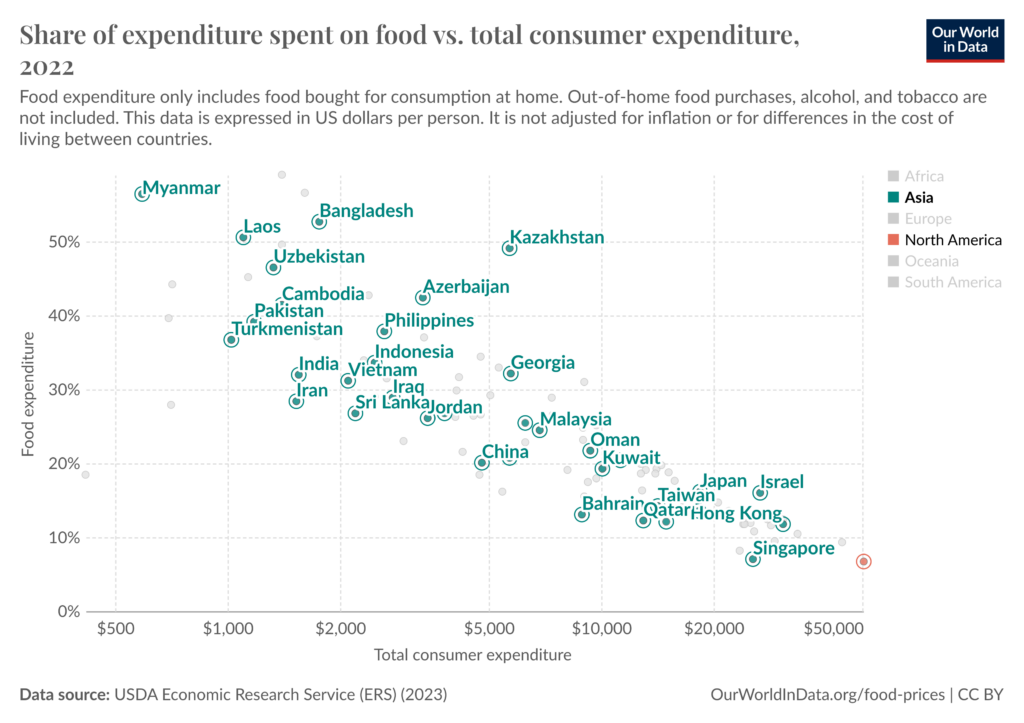
The findings add to a growing body of research on the effects of climate-driven extreme heat on food prices. Previous analysis by Oxford Economics found that in South Asia, a 1% year-on-year increase in temperature increases food production costs by 0.5-0.8%. Recent extreme heat events in Thailand and Vietnam have driven prices as high as 6%.
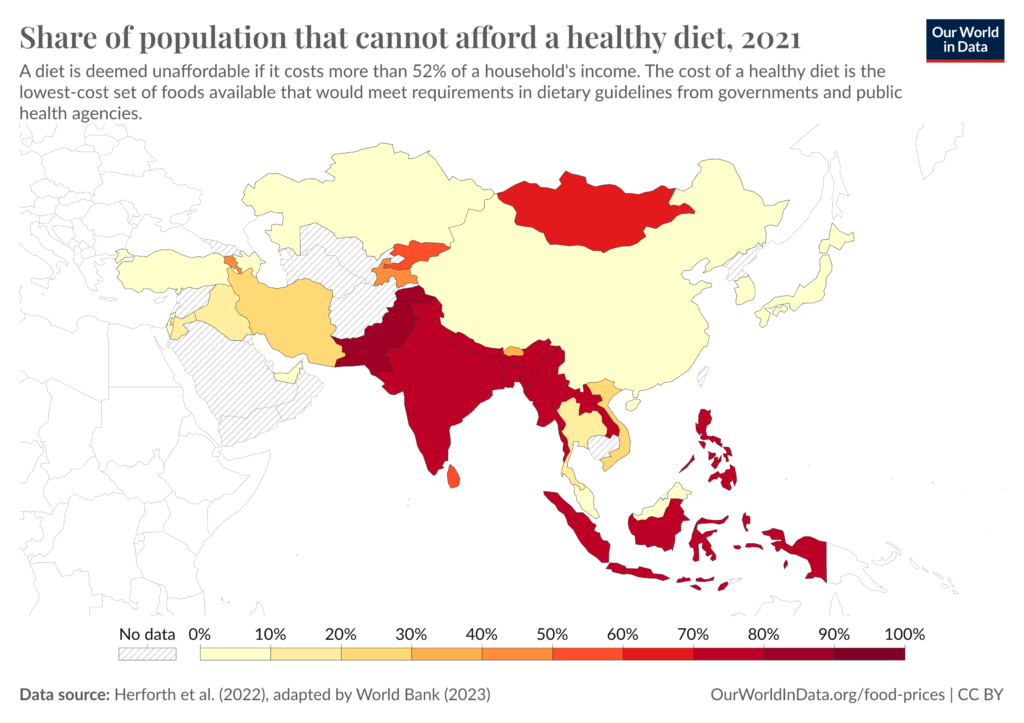
Rising Food Prices Mean the Poorest Suffer First
In the Asia-Pacific region, climate change and agricultural losses threaten to worsen hunger and poverty — undoing the sustainable development progress of recent decades, according to the United Nations. As with many climate impacts, it is the poorer countries and people that are more exposed and less able to adapt, leading to increased poverty and food insecurity.
For example, in Asia, households spend on average more than half their income on food, and for the continent’s poorest, it can reach up to 70%. As heatflation causes food prices to rise further, vulnerable populations have no choice but to allocate larger portions of their budgets to meet basic nutritional needs, further straining finances and exacerbating poverty. Smallholder farmers, often reliant on rain-fed agriculture, also face heightened risks of climate-induced disruptions, diminished incomes and food insecurity.
These impacts are already playing out. Asia is experiencing consecutive years of climate-driven weather disruptions. In 2024 so far, Indonesia, Vietnam, Thailand and Malaysia have all suffered extreme heat and drought, which have impacted rice crops and led to price fluctuations and losses in farmer’s incomes. Similar extreme conditions impacted Asia’s staple food crops in 2022. The impacts of this heatflation ripple beyond the higher food prices. These conditions negatively impact health and livelihood opportunities, and increase socio-economic inequalities and the risk of displacement.
Global Action Needed To Tackle Heatflation
As long as we continue to burn fossil fuels and increase the greenhouse gas levels in our atmosphere, global temperatures will continue to rise — impacting food security and affordability for those who have contributed little to the crisis. Many solutions exist that can help to address these impacts, highlights the World Economic Forum (WEF). These include investing in more resilient food systems and agricultural practices, diversifying food production, reducing food waste and supporting policies that promote food security — such as subsidies for farmers. Yet, climate finance for food systems remains inadequate to meet the scale of the issue.
In addition, while these adaptive actions are vital and can be implemented quickly, long-term mitigating action to halt and even reverse rising temperatures is the most powerful path to limiting the damaging impacts of heatflation. “We have to learn how we can adapt the food supply system at a global and regional level in a relatively short amount of time, whilst at the same time, reducing greenhouse gas emissions and our impact upon the environment”, writes Professor John Roy Porter. Stabilising our climate so it is safe for nature and people to thrive is the unrivalled solution to preserving our food and our future.
Evelyn Smail
Writer, United Kingdom
Evelyn is a freelance writer and journalist specialising in climate science and policy, the just energy transition and the human impacts of climate change. She writes for independent publications, NGOs and environmental organisations. Evelyn has a background in sustainable development, climate justice and human rights.
Evelyn is a freelance writer and journalist specialising in climate science and policy, the just energy transition and the human impacts of climate change. She writes for independent publications, NGOs and environmental organisations. Evelyn has a background in sustainable development, climate justice and human rights.

